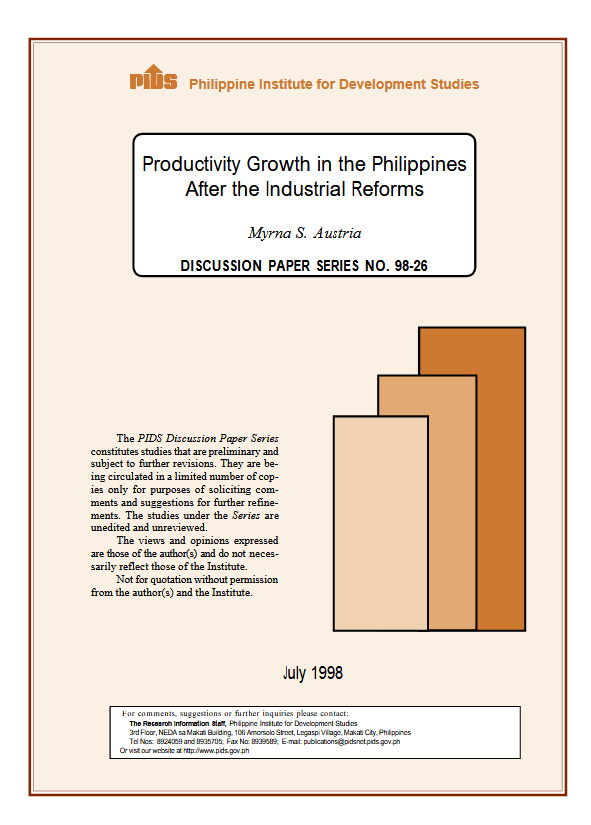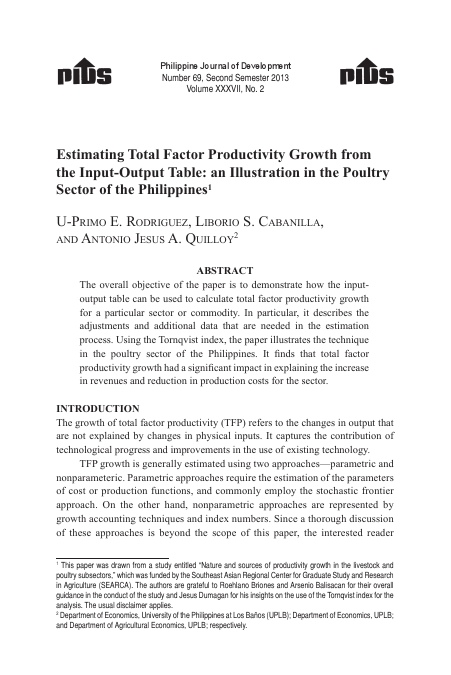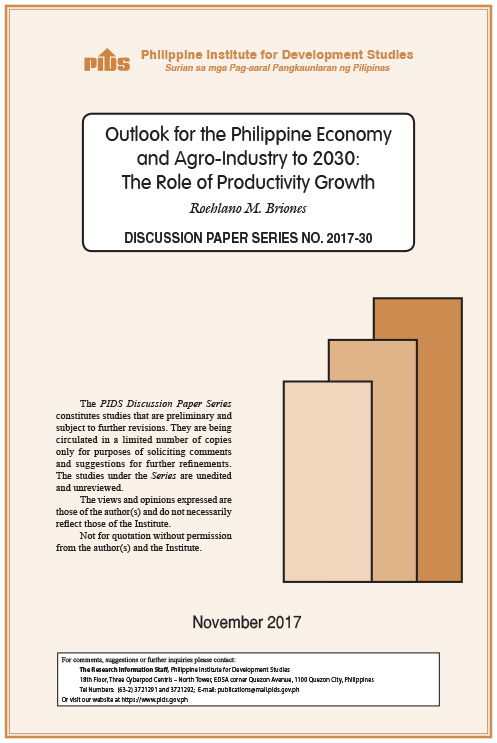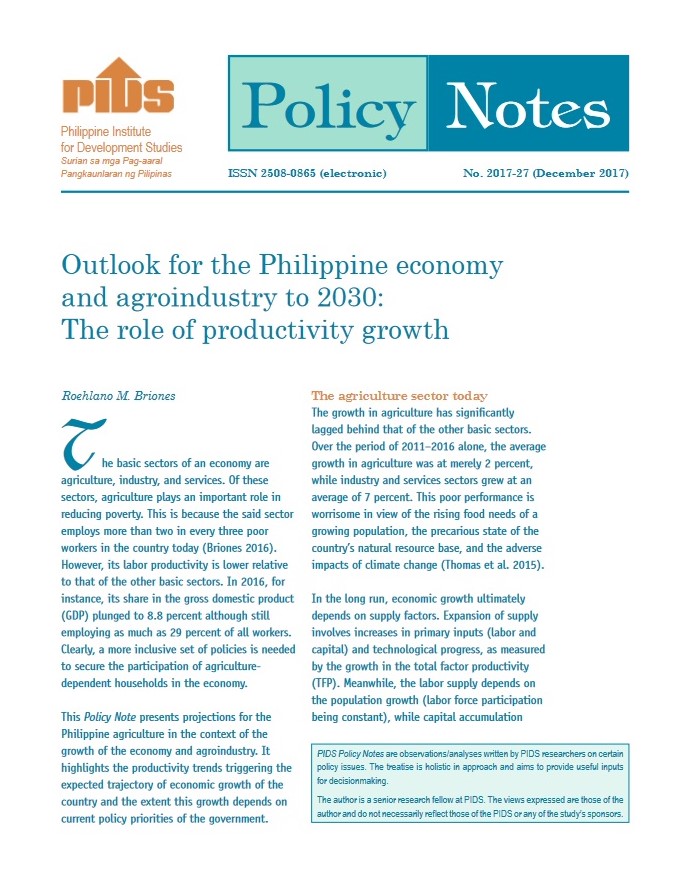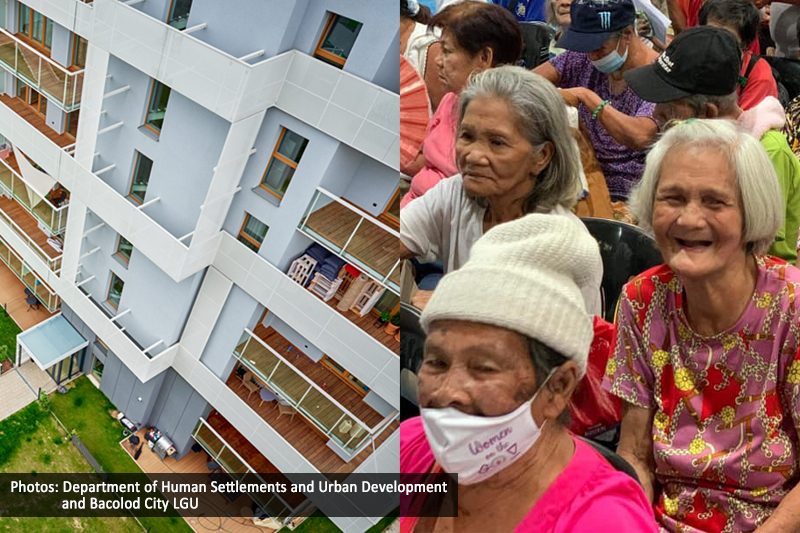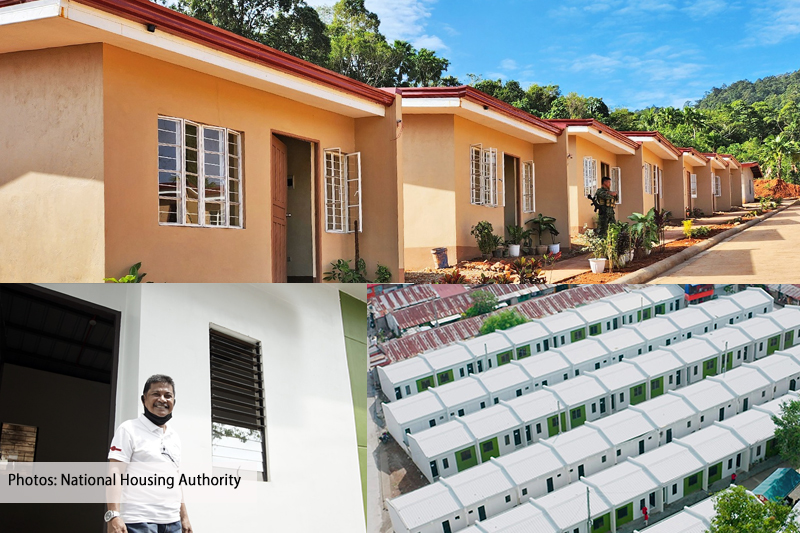Past studies have shown that Philippine productivity growth has been low compared to other ASEAN members. This is specifically attributed to the inward-looking industrial policies pursued by the government. The country has embarked on major trade reforms since 1980s through its commitment to WTO, AFTA and APEC and in the 1990鈥檚 through the foreign direct investment (FDI) liberalization. How these affect the country鈥檚 long-term growth depends on whether the trade reform translates into improvements in productivity. This paper examines the country鈥檚 productivity performance and analyzes whether or not trade and investment policies have had a significant impact on productivity growth. This also tries to explain changes in total factor productivity (TFP) growth by conducting a regression on TFP against trade and policy indicators.
Citations
This publication has been cited 9 times
- Austria, Myrna S.. 2000. . Discussion Papers DP 2000-28. Philippine Institute for Development Studies.
- Cabalfin, Michael R. and Josef T. Yap. 2008. . Governance Working Papers 22619. East Asian Bureau of Economic Research.
- Cabalfin, Michael R. and Josef T. Yap. 2008. . Development Economics Working Papers 22624. East Asian Bureau of Economic Research.
- Cororaton, Caesar B.. 2002. . Discussion Papers DP 2002-01. Philippine Institute for Development Studies.
- Cororaton, Caesar B.. 2002. . Discussion Papers DP 2002-23. Philippine Institute for Development Studies.
- Cororaton, Caesar B.. 2003. . Research Paper Series RPS 2002-04. Philippine Institute for Development Studies.
- Patalinghug, Epictetus. 2000. . Discussion Papers DP 2000-25. Philippine Institute for Development Studies.
- World Bank. 2000. . World Bank Publications - Reports 15142. The World Bank Group.
- Yap, Josef T. and Michael R. Cabalfin. 2008. . Discussion Papers DP 2008-33. Philippine Institute for Development Studies.

